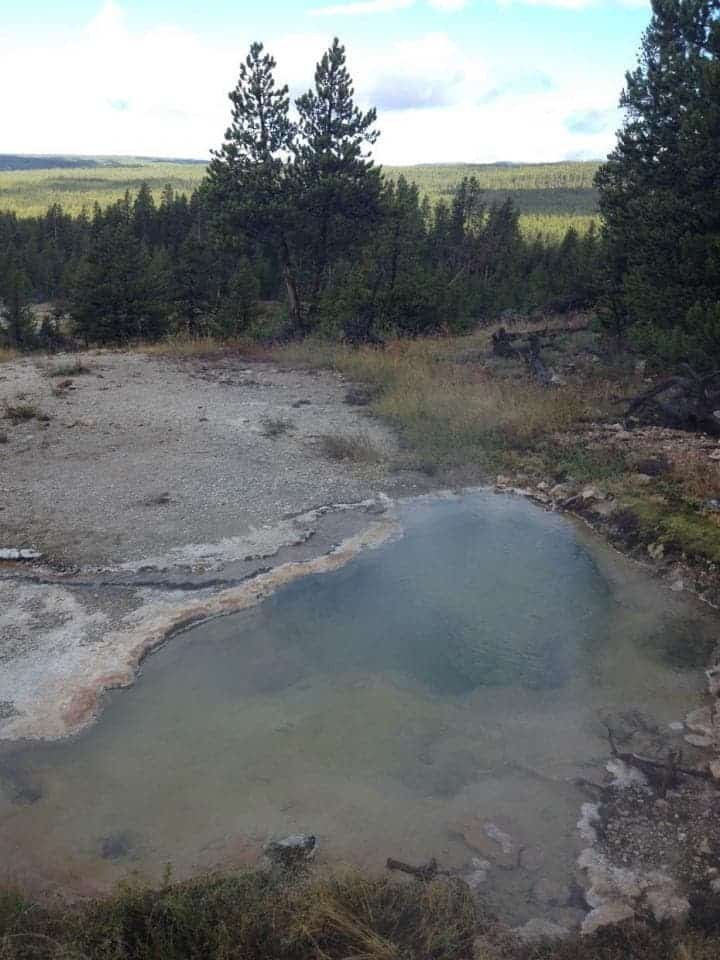We’ve explored the Earth, we’ve explored the seas, we’ve even started exploring outer space but there’s one place we really haven’t explored that much – and that’s underground. Exploring underground reveals quite some secrets it turns out, as there’s a rich microbe biosphere living deep in our planet.

They live a few km beneath the surface, without needing oxygen or light, withstanding difficult conditions with ease. Aside from that, we don’t know much about them. We don’t know much about their lifestyle and we can’t grow them in the lab (at least yet). This new class of microbes are specialized for survival beneath the surface, so we called them “Hadesarchaea“, after the ancient Greek god of the underworld, says Brett Baker, lead author of the study.
Like their name says it, they belong to the Archaea, a group of microorganisms discovered just 40 years ago. Archaeal cells have unique properties separating them from bacteria and many of them are extremophiles – creatures adapted to living in extreme environments. However, Archaea can inhabit a diverse range of environments including (as it turns out) two miles beneath the ground.
The Archaea was found in a South African gold mine at a depth of two miles. To make things even more intriguing, the same microbes were found in two very different environments: in the deep mud of a temperate estuary in North Carolina and underneath hot springs at Yellowstone National Park. It’s still not clear how the microorganisms came to be and settled down in such different and inhospitable area






